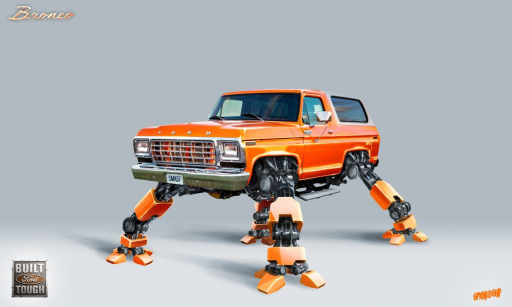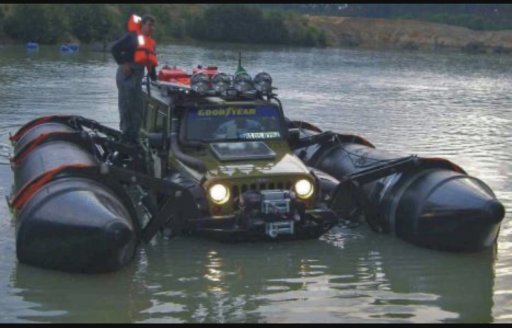Stock comparisons work for someone who plans on leaving the vehicle stock an is determining what vehicle is right for their needs but as I said, there are always engineering decisions that lead to compromise. [Cut the quote short for ease of reading but I did quote the whole thing]
Totally agree with you, and I think we are coming from the same place. That 5% space is where the difference really seems to be. I think our perspectives are a little different only because of the distinction between “getting through” and “driving through”. What a rig lacks in built-in capability can often be addressed in other ways - it might not mean
driving through every obstacle in air conditioned comfort with the tunes going, but with the right setup that addresses a rig’s shortcomings - not just a suspension modification, but lockers, traction control, proper tires & pressures, a winch, etc. — and a willingness to use those tools properly,
getting through is always (in my experience so far) possible.
We solo travel too - Sometimes we have myself on my motorbike and my wife in the 4x4 (the bike ain’t much of a recovery rig...the best I can do is go “recover” a tow from a kind stranger!!) but lots of times we are both in the 4x4, and so that capability that you talk about is important. It’s what got us into our Rubicon, and we really loved it. We needed more payload (2 adults, 2 Big dogs, kids were on the horizon) so we went with an IFS truck, and we love that too. But both have limitations from a holistic perspective and it’s important to be aware of that.
IFS has improved a lot, but I think the inherent limitations (articulation, wheel lift, etc.) means that it requires a bit more care, caution, and I think a willingness to admit defeat and winch through a section instead of just driving it; we’ve not had to do this yet, but we are aware of the limitations that may come up, even super rarely with the modern tech — I don’t mind that as it’s part of the adventure, in the same way
@MOAK mentioned he does not mind the on-road manners of his SFA rig (in the same vein I didn’t mind my Jeep at all on highway, though I acknowledge fully my IFS is more comfy there).
We also prepare accordingly. I rarely brought many spares in my JK (partly ignorance on my part, but the only parts I ever needed in that thing were major (clutch, trans bearings) and not trail side repairs anyway. In our truck we bring two spare CVS, spare boots, etc. Haven’t had to use them yet, but if we do, we are prepared, and we will get to the campsite eventually (and
@LostWoods you will likely get there first in your Jeep but with all my extra payload I’ll bring the beer - you get the fire going and we will meet you there!)









